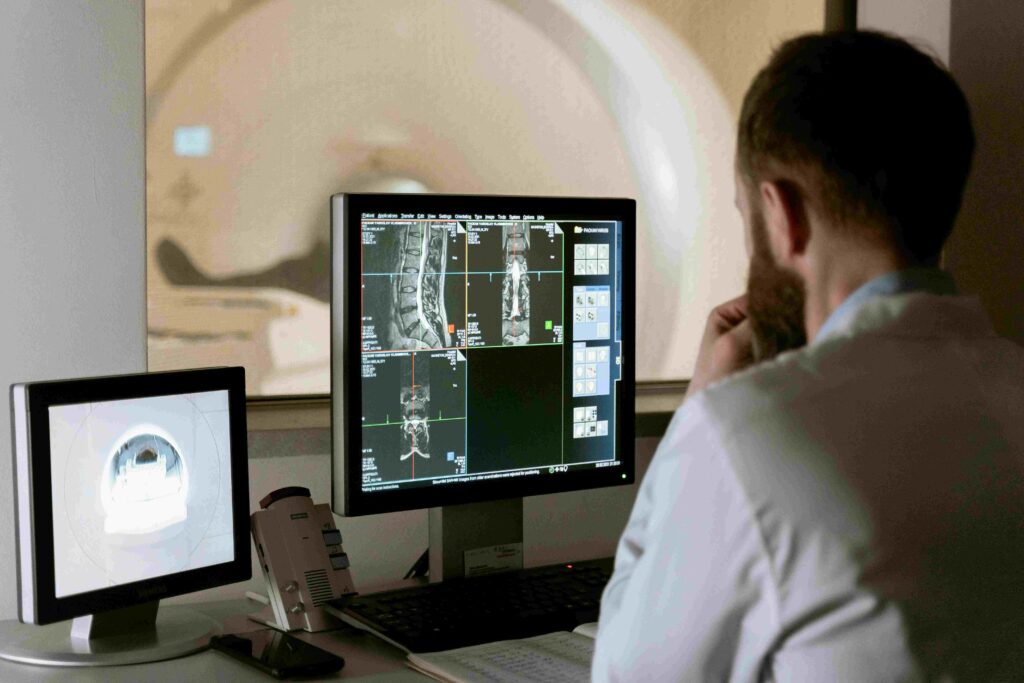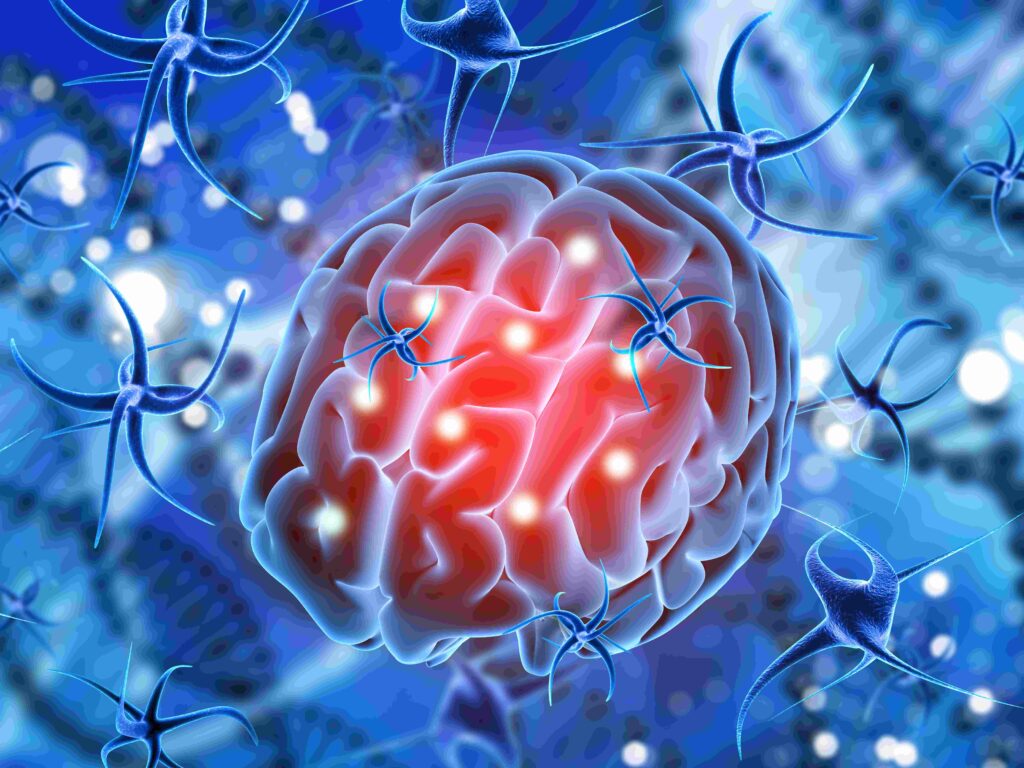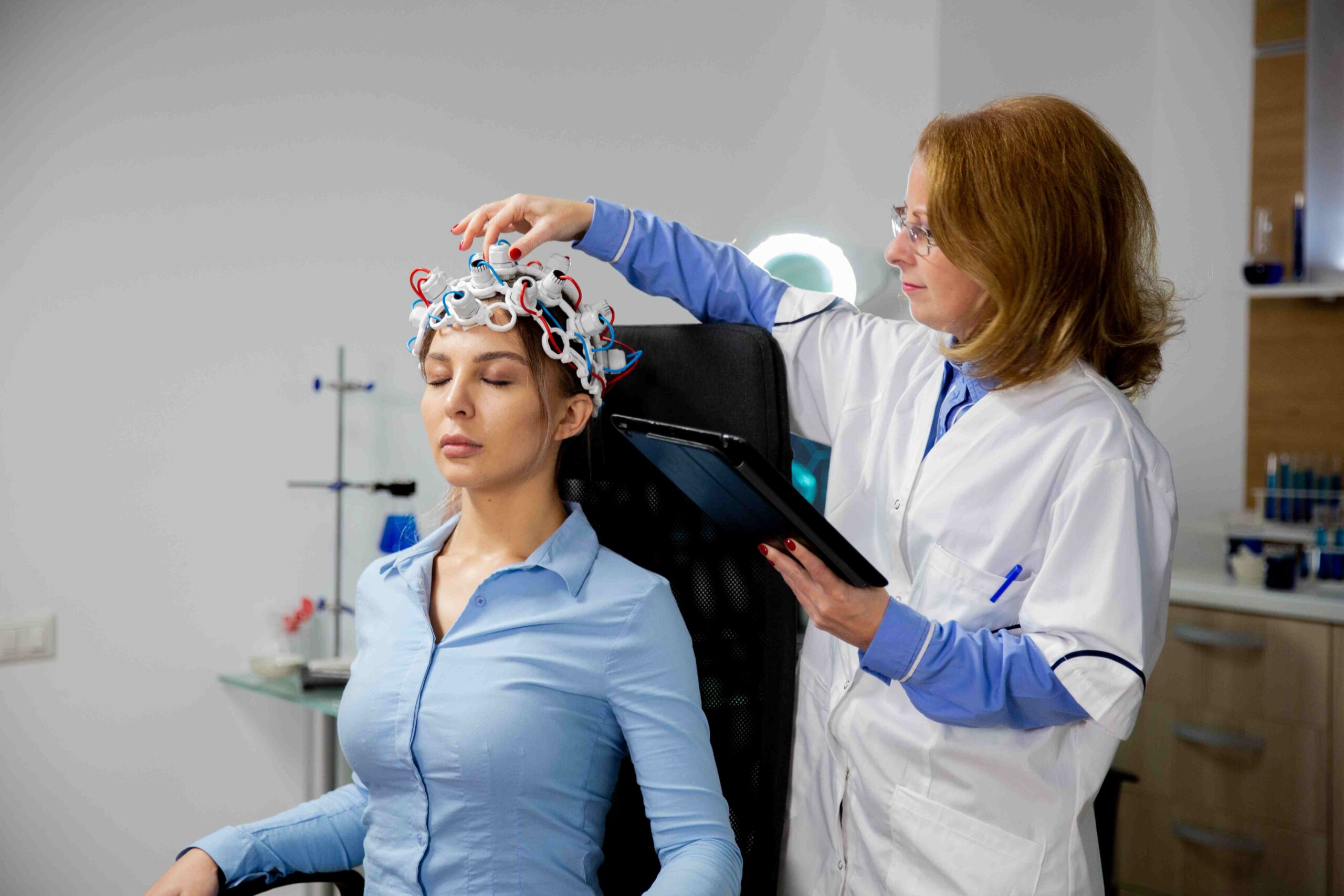MND Disease is a progressive neurological condition that primarily affects the motor neurons, the nerve cells responsible for controlling voluntary muscles. This disease leads to the gradual degeneration and weakening of these neurons, ultimately resulting in muscle weakness, wasting, and paralysis. MND is a term used to describe a group of related conditions affecting the motor neurons, with the most common form being Amyotrophic Lateral Sclerosis (ALS), also known as Lou Gehrig’s disease.
ALS specifically affects both the upper motor neurons in the brain and the lower motor neurons in the spinal cord, leading to muscle weakness and eventually paralysis. MND can also manifest in other forms, such as Primary Lateral Sclerosis (PLS), which primarily affects the upper motor neurons, and Progressive Muscular Atrophy (PMA), which primarily affects the lower motor neurons. While the exact cause of MND is not yet fully understood, it is believed to be a combination of genetic and environmental factors.
MND is relatively rare, with an estimated prevalence of around 5 to 7 cases per 100,000 people worldwide. It can affect individuals of any age, but it is more commonly diagnosed in people over the age of 40, with men being slightly more likely to develop the disease than women.
Causes and Risk Factors
Motor Neurone Disease (MND) is a complex condition with various factors contributing to its onset. Genetic factors play a significant role, with around 5-10% of MND cases believed to be inherited. Mutations in genes such as C9orf72, SOD1, TARDBP, and FUS have been linked to familial forms of MND. These genetic abnormalities can disrupt the functioning of motor neurons, leading to their degeneration over time. However, not all cases of MND are hereditary, and many occur sporadically without a clear genetic link.
Environmental influences are also thought to play a role in the development of MND, though the exact mechanisms are not fully understood. Exposure to certain toxins or chemicals, such as heavy metals or pesticides, has been suggested as potential risk factors for MND. Additionally, lifestyle factors such as smoking and high levels of physical activity have been associated with an increased risk of developing the disease. However, more research is needed to understand the specific environmental factors that may contribute to MND.

Symptoms and Early Signs
Motor Neurone Disease (MND) is characterized by several early symptoms, with muscle weakness and wasting being among the most prominent. Patients may notice a gradual loss of strength in their limbs, making tasks like lifting objects or climbing stairs challenging. This weakness can progress over time, affecting mobility and coordination. Additionally, individuals with MND may experience muscle wasting, where muscles begin to shrink and lose mass.
This can lead to a visible decrease in muscle size, particularly in the arms and legs, further contributing to the loss of strength and mobility. Another common early sign of MND is difficulty speaking and swallowing, known as dysarthria and dysphagia, respectively. Dysarthria can manifest as slurred speech, difficulty articulating words clearly, or changes in the tone and pitch of the voice.
Dysphagia, on the other hand, can make swallowing food and liquids challenging and may increase the risk of choking or aspiration. These symptoms can impact a person’s ability to communicate effectively and maintain proper nutrition, leading to additional complications if not managed appropriately.
Diagnosis Process of MND disease
The diagnosis process for MND Disease typically begins with a thorough medical history review and a comprehensive physical examination. During the medical history review, the healthcare provider will inquire about the patient’s symptoms, their onset and progression, as well as any family history of neurological disorders. The physical examination involves assessing muscle strength, reflexes, coordination, and other neurological functions.
These initial steps help the healthcare provider to narrow down the potential causes of the symptoms and determine if further testing is necessary. If MND Disease is suspected based on the medical history and physical examination, the next step in the diagnosis process may involve electromyography (EMG) and nerve conduction studies. EMG measures the electrical activity of muscles, helping to detect abnormalities in the nerve cells that control muscles.

Nerve conduction studies measure how quickly electrical impulses travel through nerves, which can indicate nerve damage. These tests can help confirm the presence of MND Disease and differentiate it from other conditions with similar symptoms. Imaging tests such as magnetic resonance imaging (MRI) or computed tomography (CT) scans, along with other diagnostic procedures, may also be performed to further evaluate the nervous system and rule out other possible causes of the symptoms.
Treatment Options
Treatment options for MND Disease aim to manage symptoms and improve the quality of life for patients. Medications play a crucial role in symptom management, helping to alleviate muscle cramps, stiffness, and excess saliva production. Drugs such as riluzole and edaravone are commonly prescribed to slow down the progression of the disease and manage its symptoms.
These medications can also help improve muscle function and reduce discomfort, although they cannot reverse the damage caused by MND Disease. In addition to medication, physical therapy and rehabilitation are essential components of MND Disease treatment. Physical therapy focuses on maintaining muscle strength and flexibility, preventing joint stiffness, and improving mobility. Rehabilitation programs may include exercises tailored to the patient’s needs, as well as techniques to assist with breathing and speech.
Moreover, assistive devices and adaptive technologies such as wheelchairs, communication aids, and home modifications can greatly enhance the quality of life for MND Disease patients, enabling them to maintain independence and engage in daily activities more comfortably.
Research and Developments
Current research into MND Disease has significantly advanced our understanding of this complex condition. Scientists now recognize that MND Disease is a result of the gradual degeneration of motor neurons in the brain and spinal cord. This degeneration leads to the weakening of muscles and eventual paralysis. While the exact cause of MND Disease remains unknown, researchers believe that a combination of genetic, environmental, and lifestyle factors may play a role in its development.
Understanding these factors is crucial for developing effective treatments and interventions for MND Disease. In the realm of promising therapies and clinical trials, several avenues show potential for treating MND Disease. One area of focus is stem cell therapy, which aims to replace damaged motor neurons with healthy ones derived from stem cells. Another promising approach is gene therapy, which seeks to correct genetic mutations that may contribute to the development of MND Disease.

Additionally, clinical trials are underway to test the effectiveness of various drugs in slowing down the progression of the disease and improving the quality of life for MND patients. These developments offer hope for the future of MND Disease treatment and underscore the importance of continued research in this field.
Support and Resources
Support groups and organizations play a crucial role in the lives of those affected by Motor Neurone Disease (MND). These groups provide a sense of community and understanding, allowing individuals with MND Disease to connect with others facing similar challenges. Support groups offer a platform for sharing experiences, advice, and emotional support, which can be incredibly beneficial in coping with the physical and emotional aspects of the disease.
Additionally, organizations dedicated to MND Disease often provide valuable resources, including educational materials, access to specialists, and information about the latest research and treatment options. Financial assistance and advocacy are essential components of the MND Disease support network. Many individuals living with MND face financial burdens due to the cost of medical care, home modifications, and other related expenses.
Advocacy efforts aim to raise awareness about the needs of MND Disease patients and advocate for policies that improve access to care and support services. Financial assistance programs, such as grants and financial aid, can provide much-needed relief for individuals and families affected by MND, helping to alleviate some of the financial stress associated with the disease. Additionally, these programs can help ensure that individuals with MND Disease have access to the care and resources they need to live as comfortably and independently as possible.
Raising Awareness
Raising awareness about Motor Neurone Disease (MND) is crucial for several reasons. Firstly, MND Disease is a rare and often misunderstood condition, so increasing awareness can help dispel myths and misconceptions surrounding the disease. This can lead to greater understanding and empathy for those affected by MND, reducing stigma and improving the overall quality of care and support they receive.
Additionally, raising awareness can also help drive research funding and support, ultimately leading to advancements in treatment and potentially finding a cure for MND Disease. Advocacy efforts and initiatives play a vital role in raising awareness about MND Disease. Advocacy involves actively supporting and promoting the needs and rights of individuals with MND Disease, as well as advocating for policies and initiatives that improve their quality of life.

This can include lobbying governments for increased research funding, advocating for better access to healthcare and support services, and raising public awareness through campaigns and events. Individuals can get involved in advocacy efforts by joining MND advocacy groups, participating in awareness campaigns, and sharing information about MND with their communities. By taking these actions, individuals can help make a meaningful difference in the lives of those affected by MND Disease.
FAQ
What is Motor Neurone Disease (MND)?
Motor Neurone Disease, also known as Amyotrophic Lateral Sclerosis (ALS) or Lou Gehrig’s disease, is a progressive neurological condition that affects the nerves (motor neurons) in the brain and spinal cord. It leads to muscle weakness, wasting, and eventually paralysis.
What are the symptoms of Motor Neurone Disease (MND)?
The symptoms of MND can vary but often include muscle weakness, difficulty with speech and swallowing, muscle cramps and twitches, and ultimately paralysis. As the disease progresses, individuals may also experience respiratory difficulties and weight loss.
What causes Motor Neurone Disease (MND)?
The exact cause of MND is not known, but it is believed to involve a combination of genetic and environmental factors. In some cases, it may be inherited, but most cases occur sporadically with no family history.
Is there a cure for Motor Neurone Disease (MND)?
Currently, there is no cure for MND. Treatment focuses on managing symptoms, improving quality of life, and providing support to patients and their families.
What is the prognosis for Motor Neurone Disease (MND)?
The prognosis for MND varies, but it is generally progressive and can be life-threatening. The rate of progression and specific symptoms can vary widely among individuals.
How can I support someone with Motor Neurone Disease (MND)?
Supporting someone with MND involves providing emotional support, helping with daily tasks, and assisting them in accessing medical care and support services. It is also important to educate yourself about the disease and advocate for their needs.

